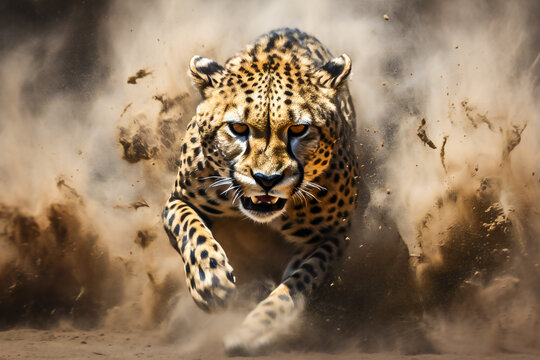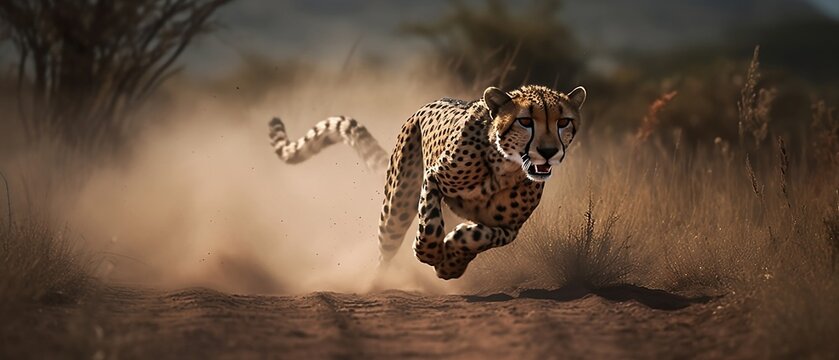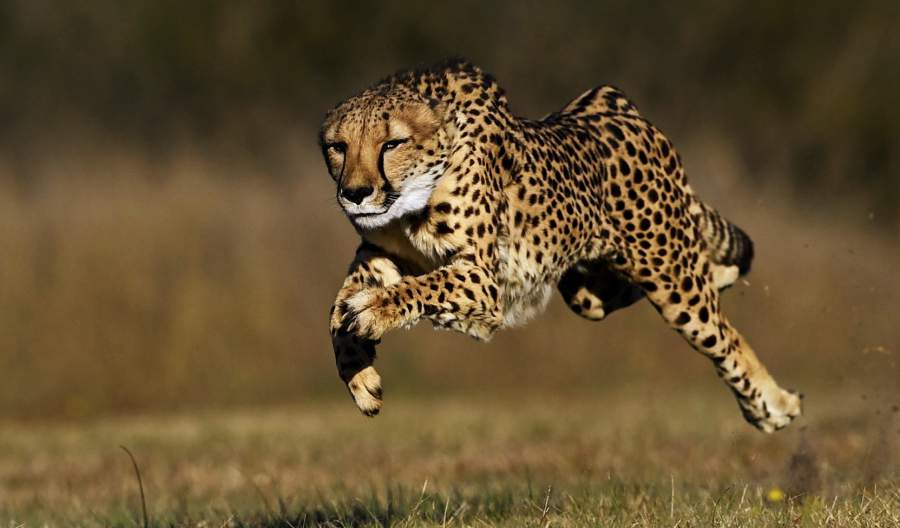Mon 25 March 2024:
The reason why fast-running animals like cheetahs can move at such high speeds is because of a sweet spot in their bodies, , a study revealed.
A study that was published in the journal Nature Communications suggests that medium-sized animals are more likely to be quick runners. Lead author Dr. David Labonte of the Department of Bioengineering at Imperial College London stated, “Animals that are intermediate in size, such as cheetahs, are the fastest—they are neither giant elephants nor small ants. Why does the regular patterns governing most other aspects of animal anatomy and function break down when it comes to running speed?

The international research team developed a model to demonstrate how animal muscles move when on land and then assessed the constraints in how fast they can run.
The study suggested there are two limits to how fast animals can run. They are how fast and by how far their muscles can contract. Moreover, what limit they meet first determines their maximum running speed. An animal’s overall size determines this limit.

The first limit is the “kinetic energy capacity limit,” which determines how smaller animals have muscles that are restrained by how quickly they contract. The second is “work capacity limit,” which means how larger animals are restrained by how far their muscles contract.
Co-author Professor Christofer Clemente, from the University of the Sunshine Coast and the University of Queensland, said, “Animals about the size of a cheetah exist in a physical sweet spot at around 50kg, where these two limits coincide. These animals are consequently the fastest, reaching speeds of up to 65 miles per hour.”

Their model answers how some animals can run faster than others. It also determines how the muscles evolved in some animals. Moreover, it provides insight into why there are huge distinctions between certain animal groups. For instance, it explains why large reptiles like crocodiles are slower than large mammals.
Co-author Taylor Dick of the University of Queensland said, “Limb muscles are a smaller percentage of a reptile’s body, It means that have to hit the work limit at a smaller body weight and thus have to remain small to move quickly.”
“For large animals like rhinos or elephants, running might feel like lifting an enormous weight, because their muscles are relatively weaker and gravity demands a larger cost. As a result of both, animals eventually have to slow down as they get bigger,” co-author Dr Peter Bishop, from Harvard University, said.
SOURCE: INDEPENDENT PRESS AND NEWS AGENCIES
______________________________________________________________
FOLLOW INDEPENDENT PRESS:
WhatsApp CHANNEL
https://whatsapp.com/channel/0029VaAtNxX8fewmiFmN7N22
![]()
TWITTER (CLICK HERE)
https://twitter.com/IpIndependent
FACEBOOK (CLICK HERE)
https://web.facebook.com/ipindependent
YOUTUBE (CLICK HERE)
https://www.youtube.com/@ipindependent
Think your friends would be interested? Share this story!





